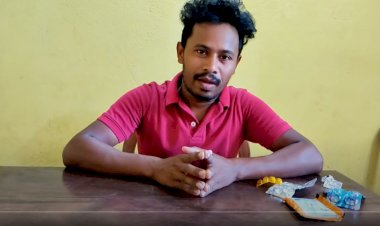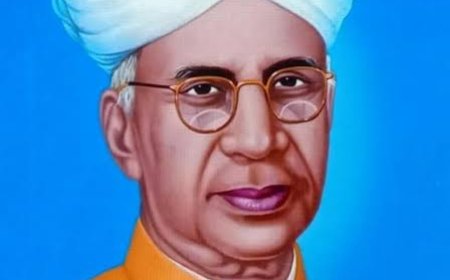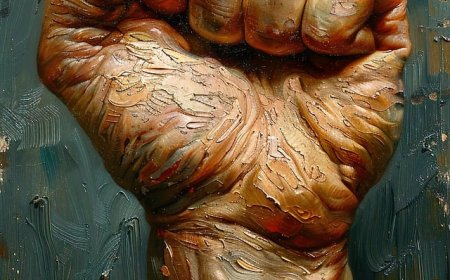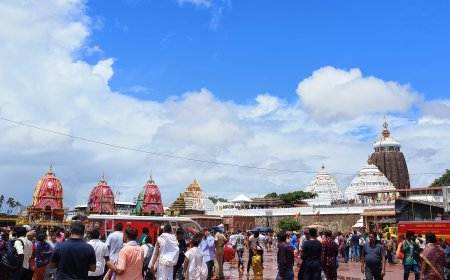Mahatma Gandhi: The Architect of Indian Independence
Mahatma Gandhi: The Architect of Indian Independence
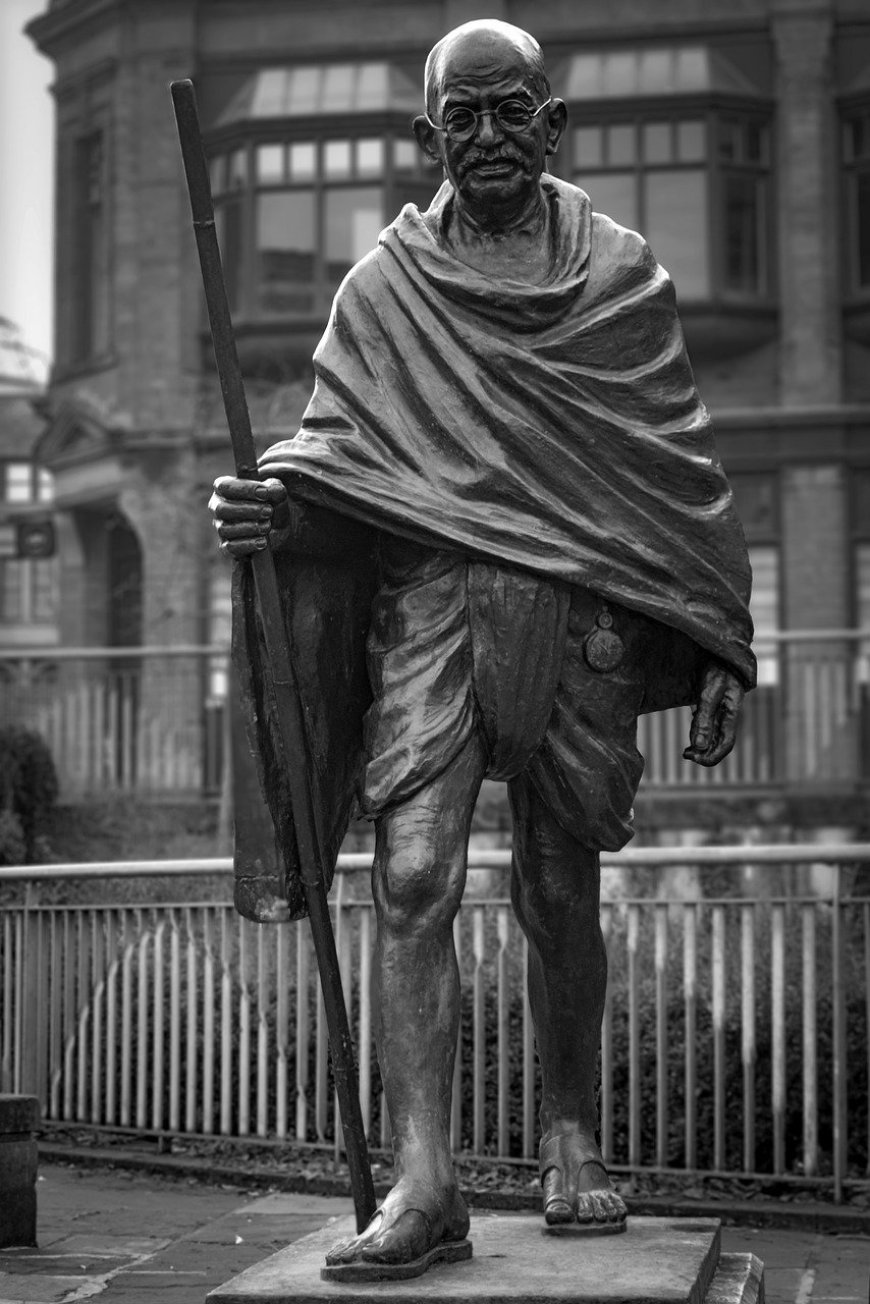
## Mahatma Gandhi: The Architect of Indian Independence
### Early Life and Education
Mohandas Karamchand Gandhi, universally known as Mahatma Gandhi, was born on October 2, 1869, in Porbandar, a coastal town in present-day Gujarat, India. His father, Karamchand Gandhi, was the diwan (chief minister) of Porbandar; his mother, Putlibai, was a deeply religious woman whose ascetic practices left a lasting impression on young Gandhi. Growing up in a culturally diverse environment, Gandhi was exposed to Jain traditions, Hindu beliefs, and Islamic influences, shaping his broad spiritual perspective.
In 1888, at the age of 18, Gandhi traveled to London to study law at University College London. This period was crucial for his development, as he encountered the works of great thinkers like Leo Tolstoy, John Ruskin, and Henry David Thoreau. These readings deeply influenced his ideas on nonviolent resistance and civil disobedience.
### South Africa: The Crucible of Satyagraha
After completing his studies, Gandhi returned to India in 1891. However, he struggled to establish a legal practice and soon accepted a contract from an Indian firm in South Africa. His 21-year stay in South Africa was transformative. He faced blatant racial discrimination, notably being thrown off a train in Pietermaritzburg for refusing to move from a first-class compartment reserved for whites. These experiences of injustice galvanized Gandhi into action.
In South Africa, Gandhi developed and tested his philosophy of Satyagraha, meaning "truth force" or "soul force." Satyagraha was a method of nonviolent resistance to tyranny through mass civil disobedience. This philosophy was put into practice through campaigns against discriminatory laws, including the Asiatic Registration Act and the pass laws, which restricted the movement of Indian laborers.
### Return to India and Rise as a Leader
Gandhi returned to India in 1915, at the request of Gopal Krishna Gokhale, a senior leader of the Indian National Congress. He traveled extensively across the country to understand the conditions of the masses. During this period, he also founded the Sabarmati Ashram in Ahmedabad, which became a hub for his activities and followers.
Gandhi's first major involvement in Indian politics came in 1917, with the Champaran Satyagraha in Bihar. Farmers were forced to grow indigo under oppressive conditions imposed by British planters. Gandhi's leadership in this nonviolent protest led to significant reforms and earned him nationwide recognition. This was followed by the Kheda Satyagraha in Gujarat, where he championed the cause of farmers suffering under a severe tax burden despite crop failure.
### The Non-Cooperation Movement
Gandhi's commitment to nonviolence and civil disobedience found its most profound expression during the Non-Cooperation Movement (1920-1922). The Jallianwala Bagh massacre of 1919, where British troops killed hundreds of unarmed Indian civilians, deeply shocked Gandhi and the nation. He called for a non-cooperation campaign, urging Indians to boycott British goods, institutions, and honors.
The movement saw widespread participation, bringing together people from various walks of life. However, it was abruptly suspended in 1922 following the violent incident at Chauri Chaura, where a mob set fire to a police station, killing 22 policemen. Gandhi, a staunch advocate of nonviolence, halted the movement, underscoring his unwavering commitment to peaceful protest.
### The Salt March and Civil Disobedience
The next significant chapter in Gandhi's struggle for Indian independence was the Salt March of 1930, part of the broader Civil Disobedience Movement. The British monopoly on salt production and the imposition of salt tax were seen as symbols of colonial oppression. On March 12, 1930, Gandhi embarked on a 240-mile march from Sabarmati Ashram to the coastal village of Dandi, where he made salt from seawater, defying British law.
The Salt March ignited widespread protests across India and caught international attention. Thousands were arrested, including Gandhi, but the movement significantly weakened British authority and demonstrated the power of nonviolent resistance.
### Gandhi's Role in the Quit India Movement
World War II brought new challenges. Gandhi initially supported the British war effort but later demanded full independence as the price for Indian cooperation. When the British government refused, the Indian National Congress launched the Quit India Movement in 1942, with Gandhi at the forefront. The slogan "Do or Die" encapsulated the movement's resolve. The British responded with mass arrests, including that of Gandhi and other leaders, and brutal repression. Despite the crackdown, the movement intensified the demand for independence.
### Legacy and Philosophy
Gandhi's legacy extends beyond Indian independence. His philosophy of nonviolence and civil disobedience influenced global leaders and movements. Martin Luther King Jr. adopted Gandhi's principles in the American Civil Rights Movement, and Nelson Mandela drew inspiration for the struggle against apartheid in South Africa. Gandhi's emphasis on self-reliance and sustainable living, as exemplified by his promotion of khadi (handspun cloth) and village industries, remains relevant in contemporary discourses on sustainable development.
Gandhi's vision for India was not merely political independence but also social reform. He campaigned tirelessly against untouchability, advocating for the rights and dignity of the so-called "untouchables," whom he called Harijans, meaning "children of God." His efforts towards Hindu-Muslim unity and his opposition to the partition of India were rooted in his belief in the fundamental unity of all religions.
### Assassination and Aftermath
Tragically, Gandhi's life was cut short on January 30, 1948, when he was assassinated by Nathuram Godse, a Hindu nationalist who opposed Gandhi's inclusive approach towards Muslims. His death was a profound loss for India and the world. However, his ideas and teachings continue to inspire movements for justice and peace globally.
### Conclusion
Mahatma Gandhi's life and work are a testament to the power of nonviolent resistance and the enduring strength of the human spirit in the face of oppression. His unwavering commitment to truth, nonviolence, and social justice transformed the Indian independence movement and left an indelible mark on world history. Gandhi's legacy serves as a beacon for those striving for a more just and equitable world, demonstrating that the path of nonviolence and love can indeed change the course of history.











